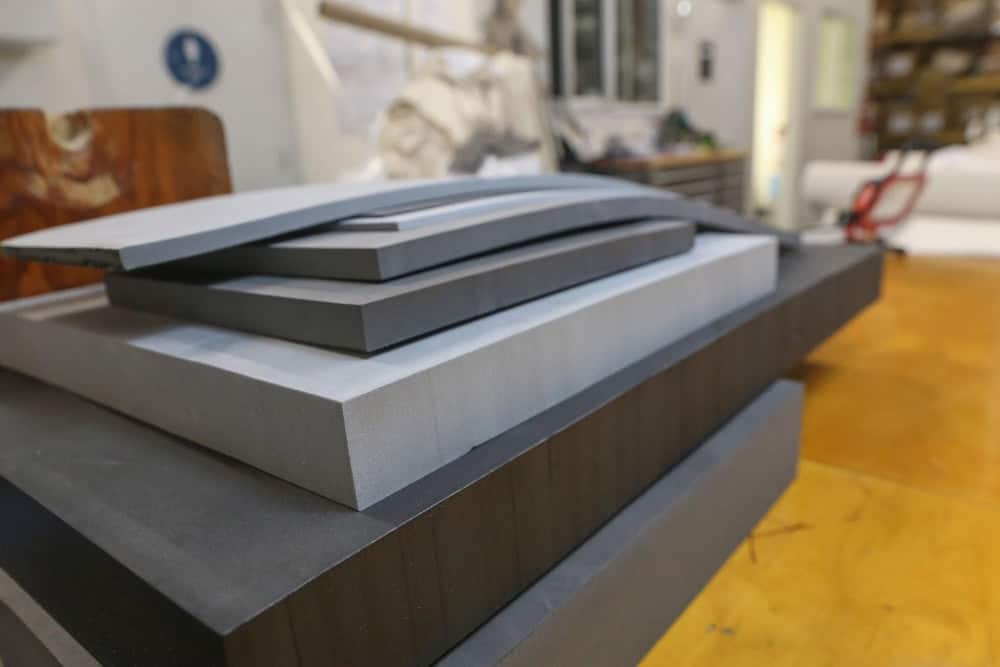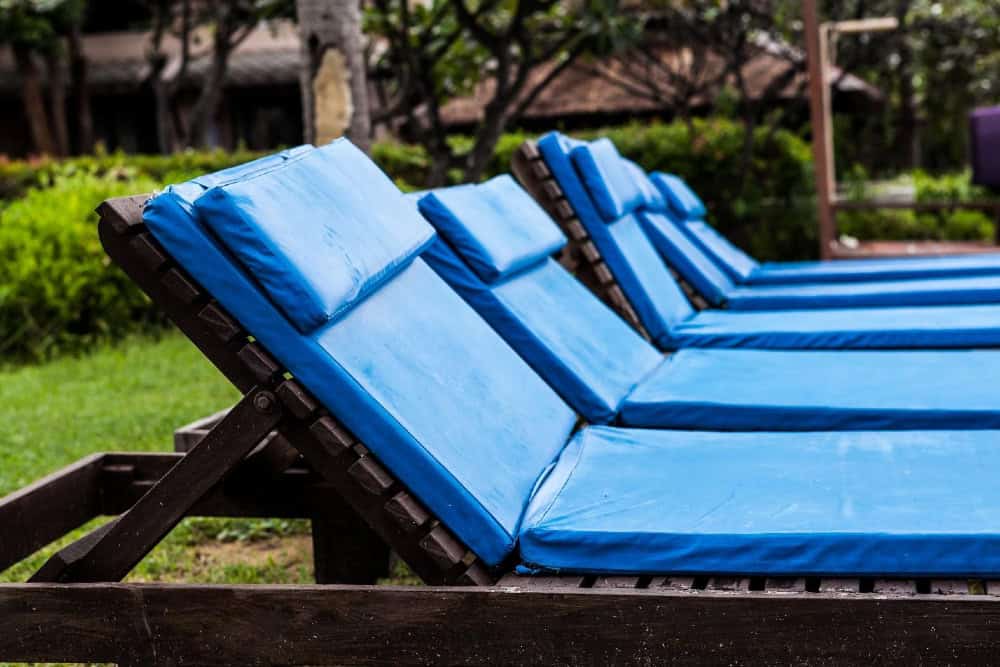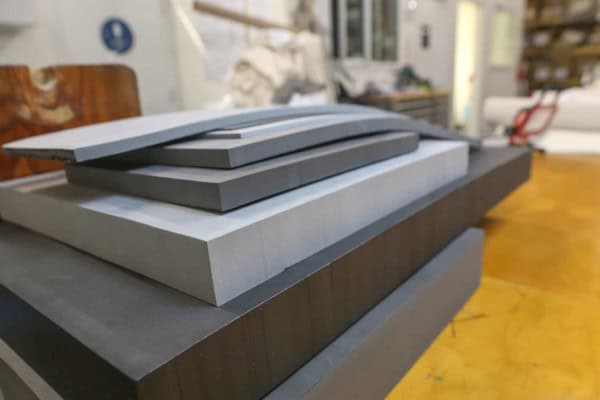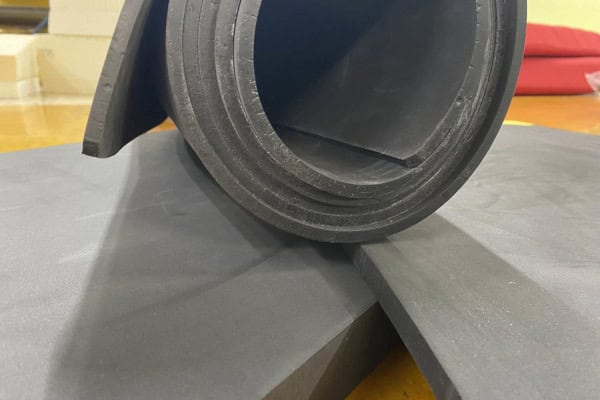A Guide to EVA Foam’s Fire, Sun and Heat Resistance
EVA foam, a material found in industries that include footwear, packaging, automotive and a plethora of others, stands as a testament to human innovation. Beneath its seemingly simple foam exterior, EVA foam is actually quite complex and reacts in unique ways to different environmental stressors such as fire, sun and heat. How does EVA foam react to different environmental stressors? What happens? How can you stay safe if EVA foam is exposed to these elements?
EVA foam‘s lightweight, resilient and cost-effective nature has made it a very popular material for a diverse lineup of uses. As popular as it is, it’s important that we understand how it functions when exposed to various stressors. In this guide, we’ll discuss EVA foam‘s response to fire, sun exposure and heat, shedding light on its strengths, vulnerabilities and practical implications across applications.






